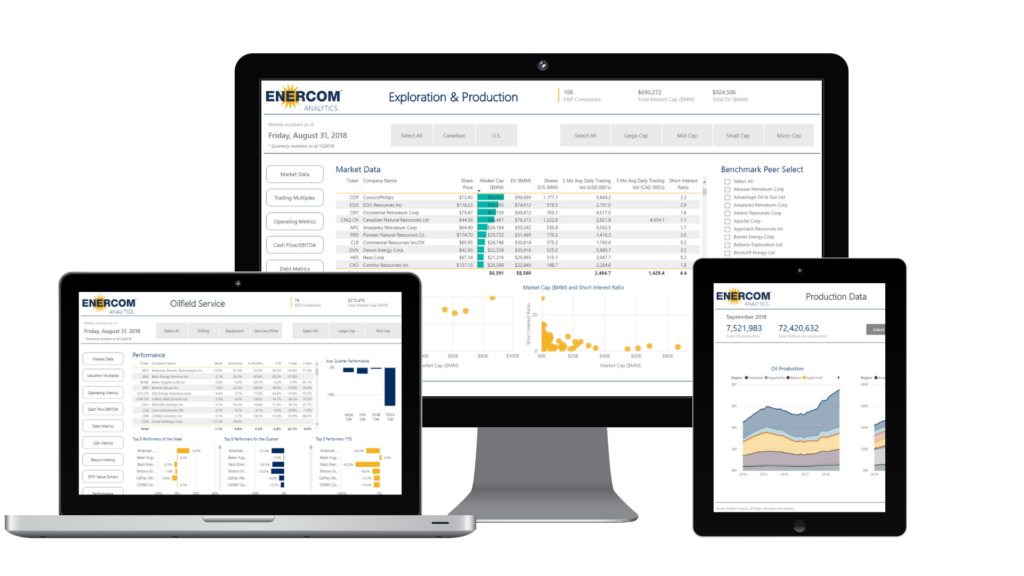From Forbes
Last week, the aggregate market cap of pure-play Permian producers fell by approximately $9 billion as the stock prices declined by an average of 10% in one week.
Why such a dramatic market cap decline?
First, Pioneer Natural Resources, one of the largest acreage holders and leading operators in the Permian, unexpectedly announced a change to its well design. The change will result in higher drilling costs partially due to the longer time it will take for Pioneer to drill each well. This announcement was a complete shock to the market creating some uncertainty about future Permian development.
The second cause for concern related to the percentage mix of oil, natural gas and natural gas liquids from each barrel produced in the Permian. In last week’s earnings reports, many Permian producers reported a lower than expected percentage of oil for each well drilled. This surprised investors as the trend had been toward a higher percentage of oil in each barrel produced. We believe this concern is a bit overblown.
For example, prior to last week, the total daily production of a well in the Permian might hypothetically be 1,000 barrels per day. This includes production of crude oil, natural gas and natural gas liquids. In this example, sixty-five percent, or 650 barrels of total production came from oil so 35% of total production came from natural gas and natural gas liquids. Last week, many Permian producers raised their forecasted production of natural gas and natural gas liquids. However, they did not lower crude oil production estimates.
Continuing with our example, the forecast for the Permian well would now be adjusted higher to produce 1,100 barrels of crude oil, natural gas and natural gas liquids. Crude oil production isn’t expected to decline and would remain at 650 barrels but the percentage of oil compared to total production declines from 65% to 59%. This change in oil as a percentage of total production resulted in a significant sell-off in Permian producers.


